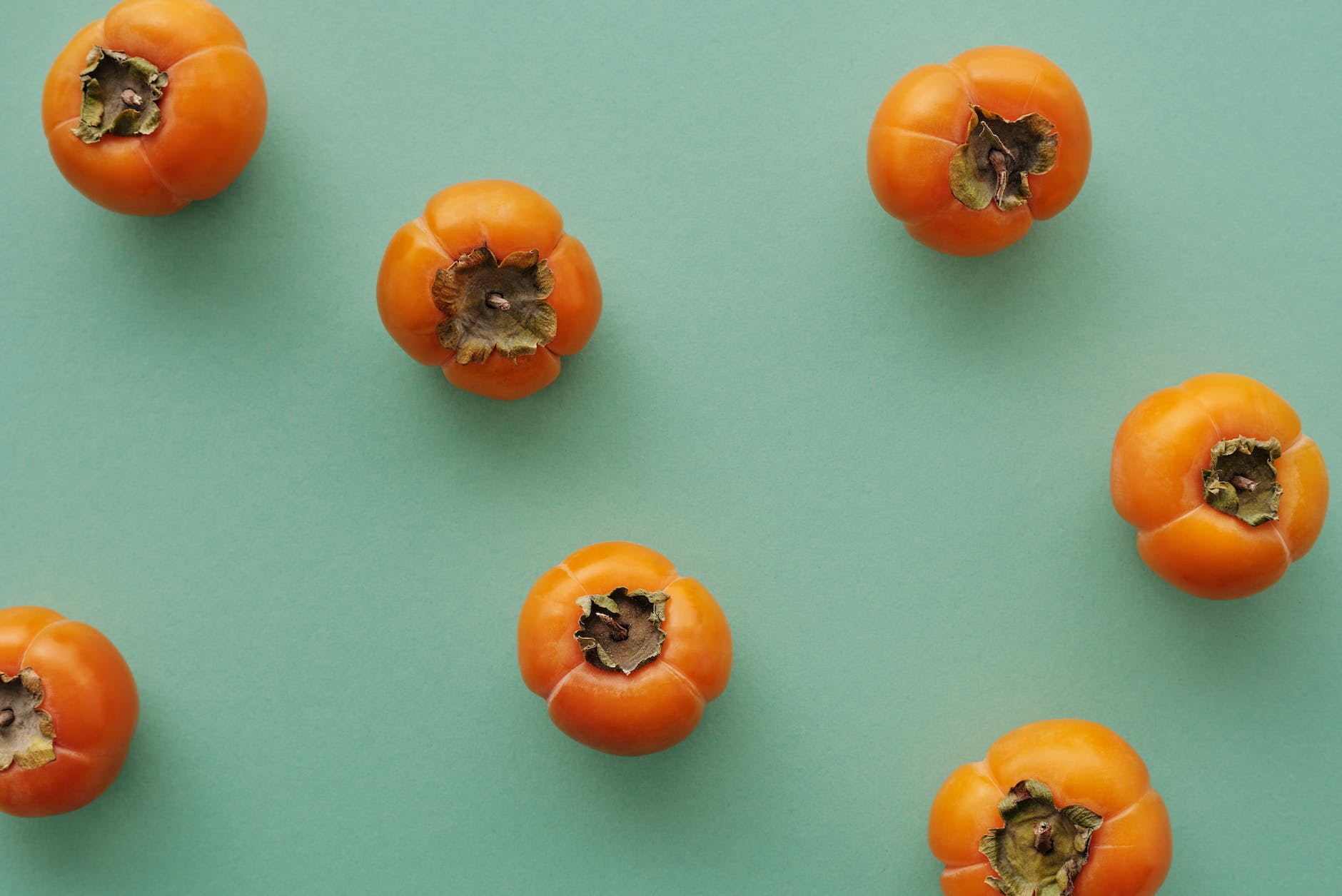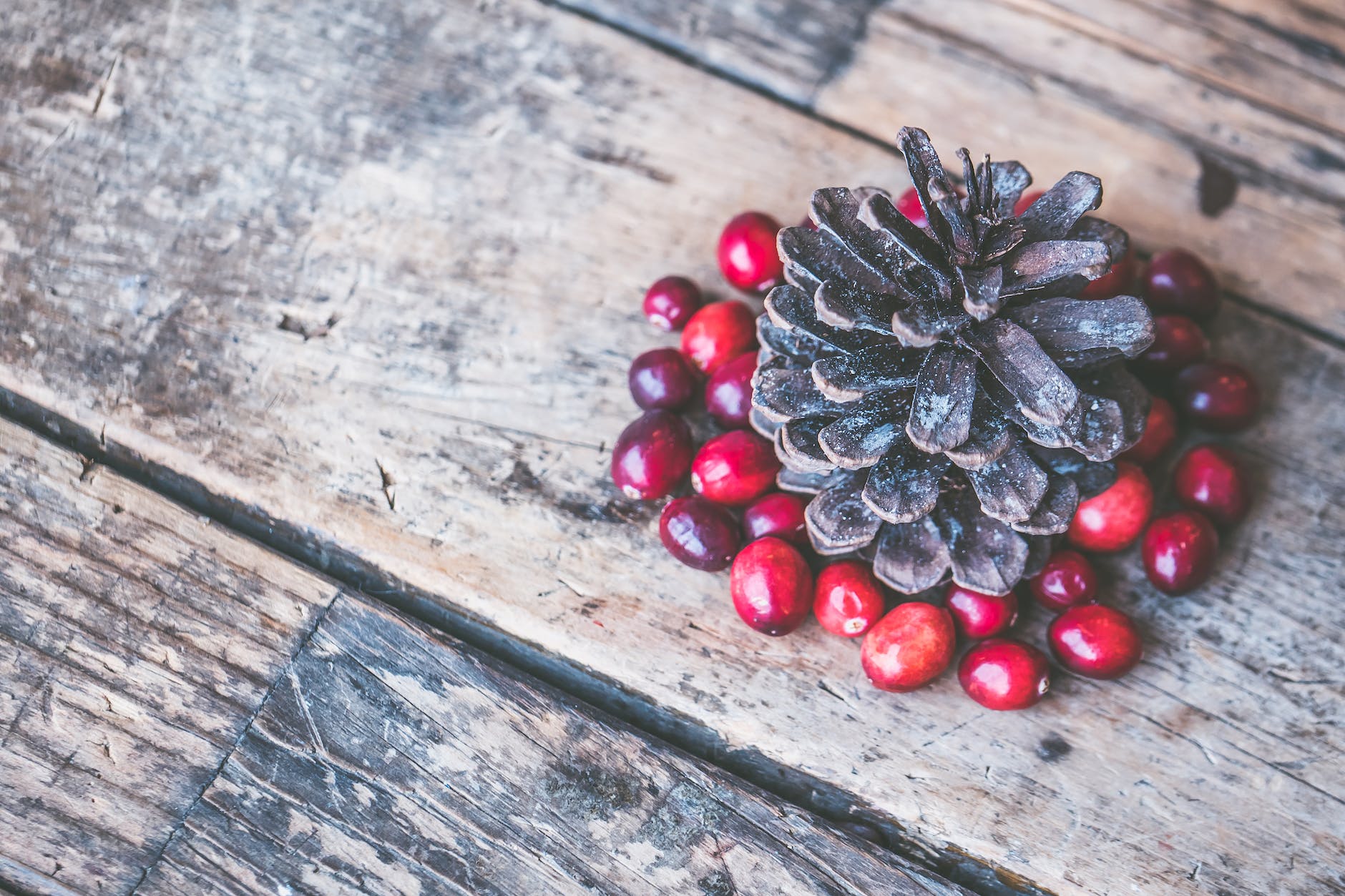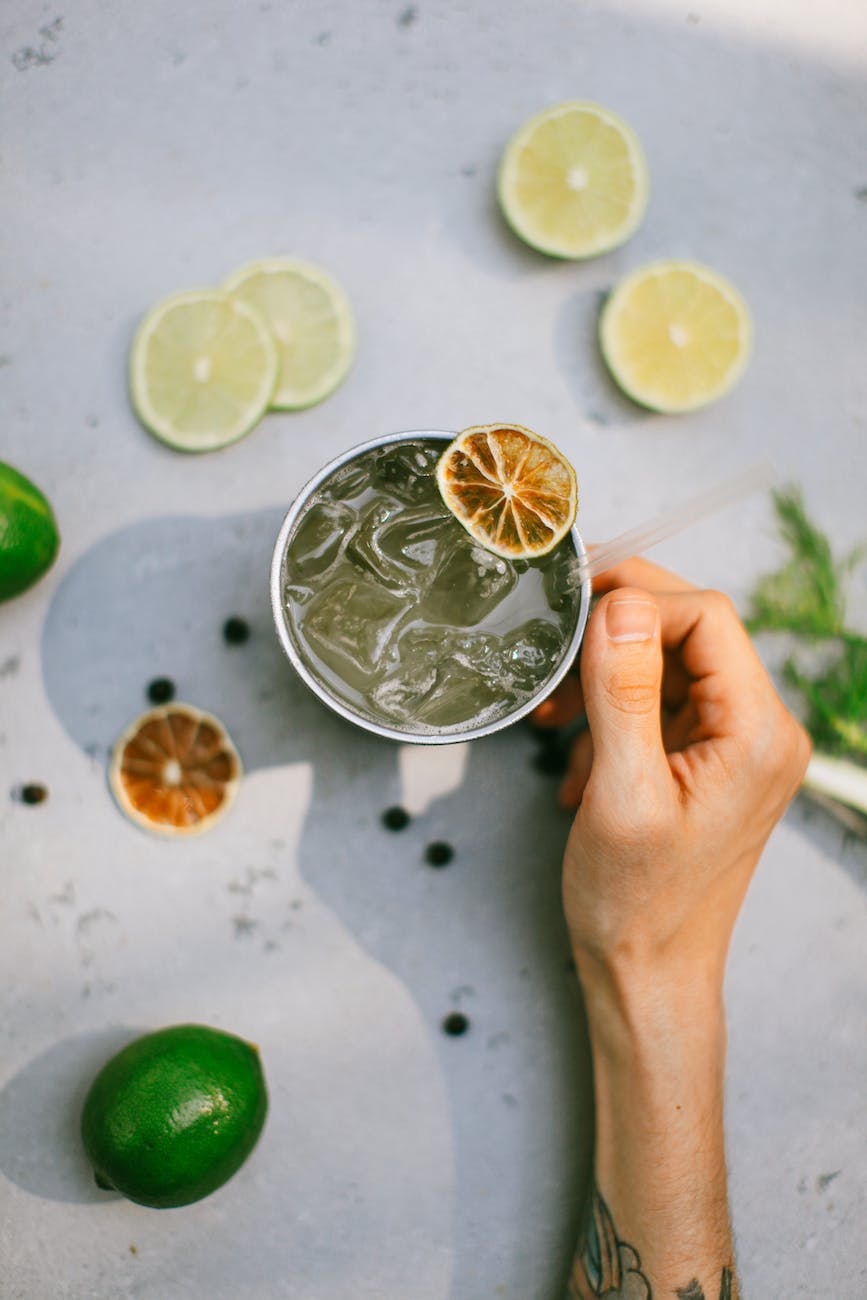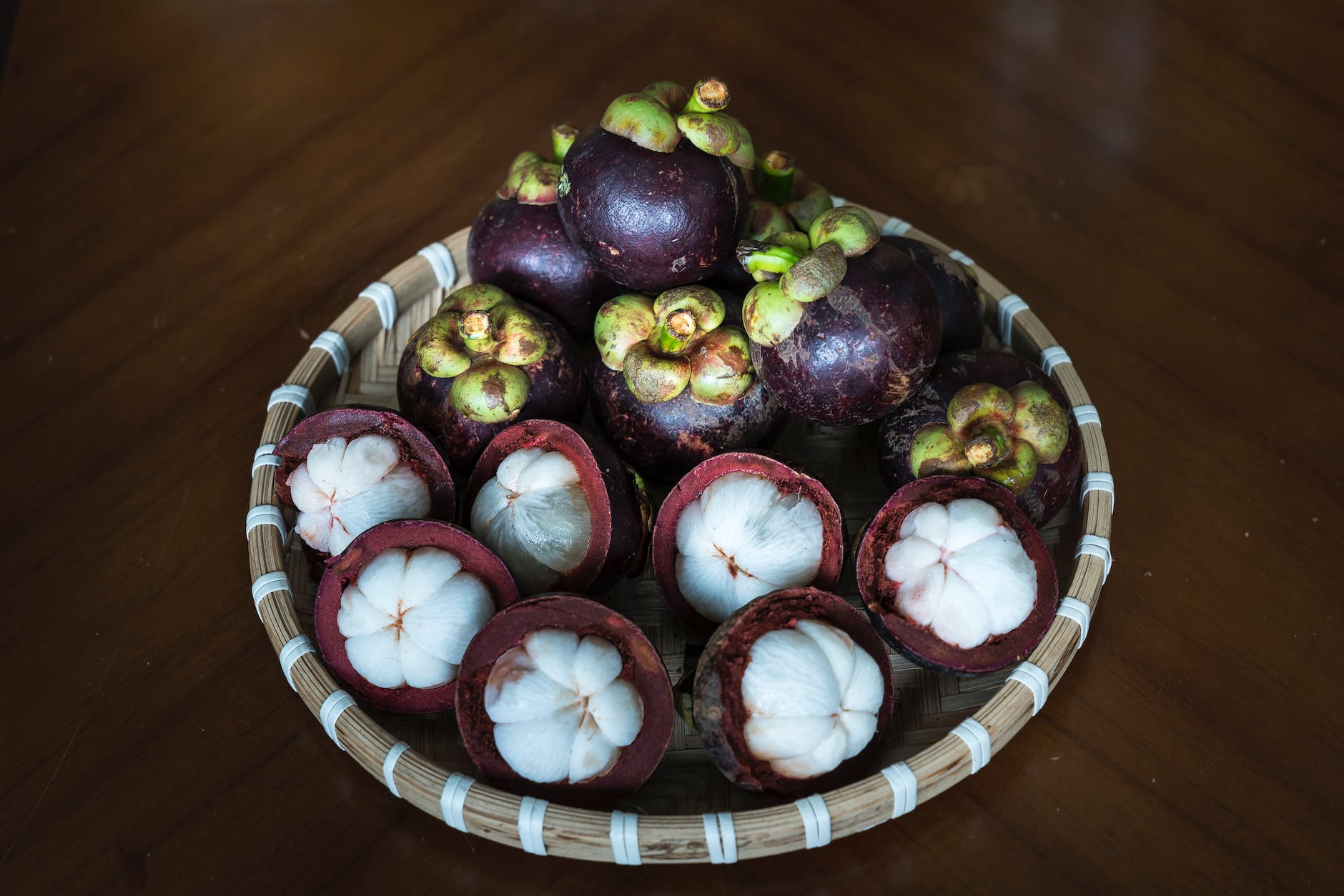
Introduction
Persimmons are vibrant, delicately sweet fruits native to China and Japan and now grown in various parts of the world. They are widely appreciated for their high nutritional value, especially their impressive antioxidant content.
Persimmon Nutritional Profile
Persimmons are a nutrient-rich fruit that provides a range of health benefits. Here’s a general breakdown of the nutritional value in one raw, unpeeled persimmon (about 168 grams):
- Calories: 118
- Protein: 1 gram
- Fat: 0.3 grams
- Carbohydrates: 31 grams
- Fiber: 6 grams
- Sugars: 21 grams
In terms of vitamins and minerals, persimmons are packed with:
- Vitamin A: A medium-sized persimmon contains over half the recommended daily intake of vitamin A, which supports healthy vision, immune function, and cell growth.
- Vitamin C: This fruit provides about 13% of the daily recommended intake of Vitamin C, which is an essential nutrient for immune function, collagen synthesis, and iron absorption.
- Manganese: Persimmons are a good source of this essential mineral, which plays a crucial role in bone health and the body’s ability to process carbohydrates and cholesterol.
- Dietary Fiber: A medium persimmon contains about a quarter of the daily recommended intake of dietary fiber, which aids in digestion, helps control blood sugar levels, and might reduce LDL cholesterol levels.
- Potassium: This mineral is vital for heart health, fluid balance, and nerve transmission.
- Antioxidants: Persimmons contain beneficial plant compounds like flavonoids and carotenoids which act as antioxidants in the body, helping to protect cells from damage.
Fiber in Persimmons
Persimmons are a good source of dietary fiber. A medium-sized raw persimmon, weighing about 168 grams, provides around 6 grams of fiber, which is approximately 24% of the daily recommended intake for women and 16% for men based on a 2,000-calorie diet.
Dietary fiber has many health benefits. It aids digestion by adding bulk to your stool, which helps prevent constipation. It also promotes feelings of fullness, which can aid in weight management. Fiber is beneficial for heart health too, as it can help lower levels of LDL (bad) cholesterol.
Keep in mind that the exact amount of fiber can vary slightly based on the size and variety of the persimmon, and a significant amount of the fiber is found in the skin, so it’s beneficial to consume the skin along with the flesh.
As with any food, persimmons should be enjoyed as part of a balanced diet to gain the maximum health benefits. If you’re unsure about including persimmons in your diet, always consult with a healthcare provider or registered dietitian.
Persimmon Calories with Skin
The calorie content of persimmon can vary slightly based on its size and variety, but on average, one medium-sized raw persimmon (about 168 grams), including the skin, has around 118 calories.
This fruit is typically eaten with its skin as the skin is edible and contains additional fiber and nutrients. However, some people might find the skin of certain persimmon varieties a bit tough or astringent, and choose to peel it off. It’s important to note that peeling the skin would slightly decrease the fruit’s fiber content.
Once again, these numbers are approximate, as the exact calorie content can vary depending on the specific variety of persimmon and its size.
Persimmon Skin Benefits
The skin of persimmon is edible and actually contains a significant amount of the fruit’s overall nutritional value. Here are some potential benefits associated with consuming persimmon skin:
- Rich in Fiber: The skin of the persimmon contains a good amount of dietary fiber, which can aid in digestion, help regulate blood sugar levels, and contribute to feelings of fullness, which may support weight management efforts.
- Contains Antioxidants: Like the flesh of the fruit, the skin of the persimmon is rich in antioxidants, including flavonoids and carotenoids. These compounds can help combat oxidative stress in the body and may reduce the risk of chronic diseases.
- Nutrient Dense: Persimmon skin is also packed with many of the same nutrients found in the fruit’s flesh, including vitamins A and C, and various minerals.
However, it’s important to note that the skin of the persimmon can sometimes have a slightly astringent taste, especially if the fruit is not fully ripe. This is due to the presence of tannins in the skin. As the fruit ripens, the tannins become less prevalent, and the skin becomes sweeter and less astringent.
If you plan on consuming the skin of the persimmon, make sure to wash the fruit thoroughly before eating to remove any potential residues of pesticides or other contaminants.
is Persimmon Good for You?
Yes, persimmons are good for you and can be an excellent addition to a healthy diet. They are low in calories and fat, and high in fiber, making them a good choice for those looking for weight management. Here are some persimmon fruit’s health benefits:
- Rich in Antioxidants: Persimmons contain various antioxidants like Vitamin A, Vitamin C, and flavonoids. Antioxidants help protect your cells from damage caused by harmful molecules known as free radicals.
- Heart Health: Persimmons are a good source of fiber, and diets high in fiber have been linked with a reduced risk of heart disease. They also contain flavonoids that may have heart-protective properties.
- Eye Health: The Vitamin A and beta-carotene found in persimmons are known to boost eye health, potentially protecting against conditions like age-related macular degeneration.
- Digestive Health: The dietary fiber in persimmons can help improve digestion and prevent constipation.
- Weight Management: High in fiber and water but low in calories, persimmons can help you feel full and satisfied, which may support weight management efforts.
- Immune Support: Vitamin C, present in persimmons, supports immune function and helps in the synthesis of collagen, a protein that helps maintain the skin, blood vessels, bones, and cartilage.
Remember to consume persimmons as part of a balanced diet, along with other fruits and vegetables, for optimal health benefits. If you have any specific dietary concerns or health conditions, it’s best to consult with a healthcare provider or a registered dietitian.
Persimmon Allergies
Persimmon allergies are relatively rare, but they can occur in some individuals. Symptoms of a persimmon allergy can vary from person to person and can range from mild to severe. They can include:
- Skin reactions: Such as itching, redness, or hives.
- Gastrointestinal problems: Including nausea, vomiting, diarrhea, or stomach cramps.
- Respiratory issues: Like sneezing, coughing, wheezing, or difficulty breathing.
- Mouth or throat irritation: Known as oral allergy syndrome, this can cause itching, tingling, or swelling around the mouth, tongue, or throat immediately after eating the fruit.
In rare cases, a severe allergic reaction known as anaphylaxis can occur, which is a medical emergency and requires immediate medical attention. Symptoms of anaphylaxis can include difficulty breathing, a rapid pulse, a drop in blood pressure, and dizziness or fainting.
If you suspect you have a persimmon allergy, it’s important to see an allergist for an evaluation. They can perform tests to determine if you have an allergy and can guide you on how to manage it.
Keep in mind that some people may also experience digestive discomfort after consuming unripe persimmons due to their high tannin content, which can cause astringency and sometimes be mistaken for an allergic reaction. Always ensure to consume fully ripe persimmons to avoid such discomfort.
Health Benefits
Persimmons come with an array of health benefits:
- Potent Antioxidant Activity: Persimmons are rich in antioxidants, including vitamin A, vitamin C, and manganese, which fight against free radicals in the body.
- Heart Health: The fiber content in persimmons contributes to a healthy heart by reducing bad cholesterol levels.
- Improved Eye Health: High in vitamin A, persimmons promote good vision and help protect against age-related macular degeneration.
Potential Warnings
While persimmons are generally safe for consumption, a few warnings should be noted:
- Tannin Content: Unripe persimmons contain high levels of tannins that can form a mass in the stomach, potentially leading to digestive issues. Therefore, always consume persimmons when they’re fully ripe.
- Allergies: Like other fruits, some people might be allergic to persimmons, exhibiting symptoms such as itching, hives, and, in severe cases, difficulty breathing.
Weight Loss Benefits
Persimmons can aid in weight management:
- Low-Calorie Count: Being low in calories, persimmons can be a great addition to a weight loss diet.
- High Fiber Content: The fiber content in persimmons aids in controlling hunger and keeping you satiated, thus potentially reducing calorie intake.
Five Practical Ways to Incorporate Persimmons into Your Diet for Weight Loss
- Persimmon Salad: Add thinly sliced persimmons to your salad for a sweet touch. Their bright color and distinct flavor make for an excellent salad addition.
- Smoothie: Blend a ripe persimmon with some low-fat yogurt, a banana, and a little honey for a delicious, nutritious smoothie.
- Persimmon Tea: Persimmon tea, rich in vitamin C, can be a warm, comforting beverage during the colder months.
- Roasted Persimmons: Roast slices of persimmon in the oven until they caramelize for a sweet, guilt-free dessert.
- Persimmon Oatmeal: Dice some persimmons and add them to your morning oatmeal for a fiber-rich breakfast that will keep you full for hours.
Conclusion
Persimmons, with their bright color, sweet taste, and high nutritional value, are an excellent fruit to incorporate into a weight-loss diet. From salads to smoothies, oatmeal, and guilt-free desserts, there are numerous ways to enjoy this fruit while maintaining a balanced, healthy diet.














